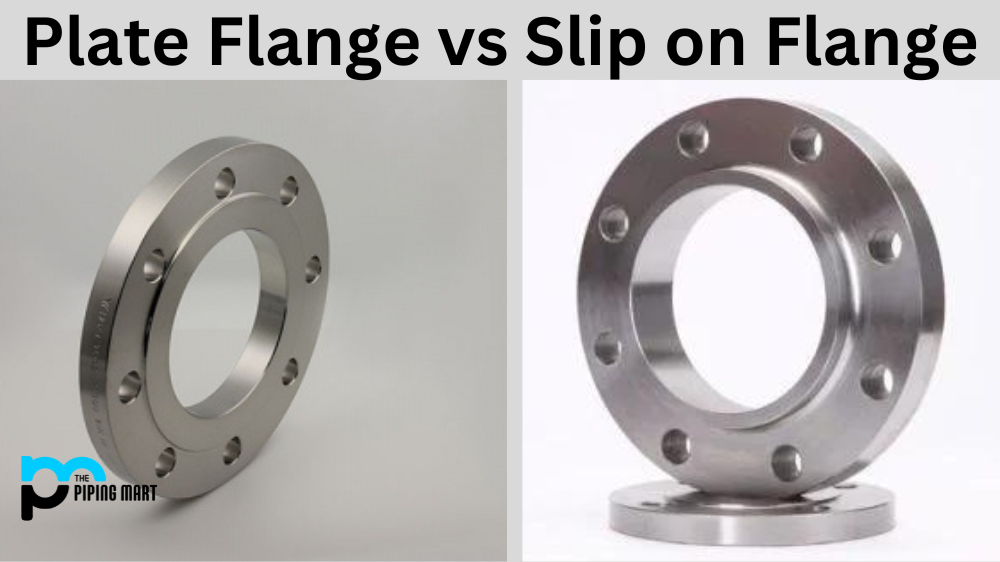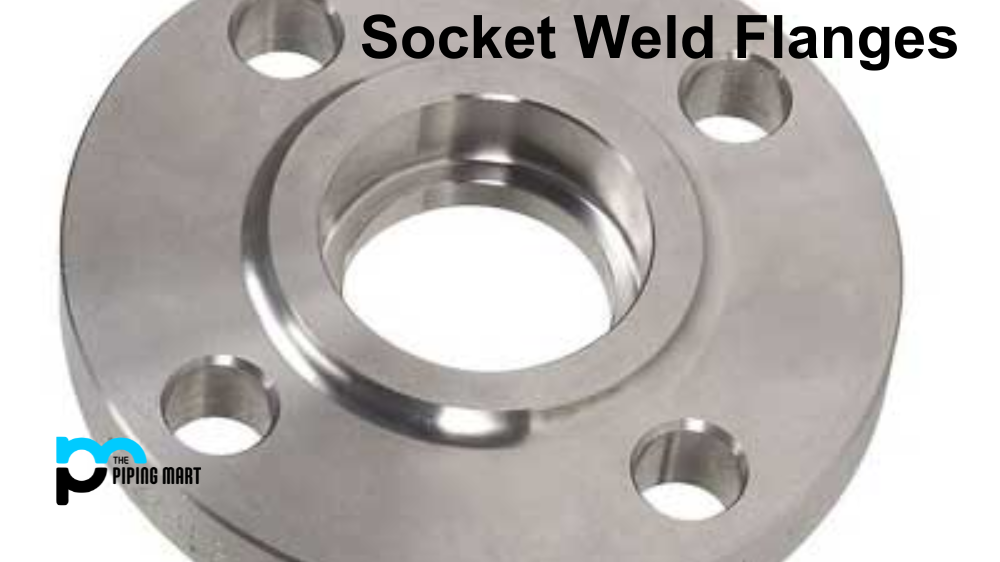Flanges are essential to pipelines that connect components like pumps, valves, and other equipment. But do you know that there are two types of flanges – loose flange and fixed flange? Yes, they exist, and they serve different purposes in various industries. In this blog post, we will explain the differences between loose and fixed flanges, which will help you choose the right type for your application.
What is Loose Flange?
A loose flange is an industry term for a pipe or other type of fitting that is not connected to any other pipes or fittings. It typically has two sets of closely spaced but unfastened, round edges. The primary purpose of a loose flange is to provide an opening in piping systems so that they can be serviced without having to dismantle the entire system. They are often used on pressurized pipelines as they offer improved safety when repairs are required due to their flexibility and ease of installation compared to welded connections.
What is Fixed Flange?
Fixed Flanges are an important part of the piping system used to connect pipes. They consist of a ring-shaped rim bolted or welded onto the end of one pipe and connected to another pipe with bolts or studs. Fixed flanges allow for quick and easy assembly, allowing for efficient joining operations while maintaining a high standard of integrity when connecting different pieces.
Difference Between Loose Flange and Fixed Flange
Definition:
A loose flange, also known as a lap joint flange or loose-ring flange, is a two-piece construction consisting of a stub end made of one material and a ring made of another. A fixed flange, also known as a weld neck flange, is a one-piece construction welded to a pipe’s end or fitting. Fixed flanges have a tapered neck that connects to the pipe or equipment, making them more secure than loose flanges.
Assembly:
The assembly of a loose flange is easier than a fixed flange. The ring on the loose flange can rotate freely around its face, allowing the stub end’s alignment with the adjoining pipe or fitting even if they are not perfectly parallel. However, the pipes must be welded to the flange for a fixed flange, making it hard to separate them.
Cost and Material:
Loose flanges are less expensive than fixed flanges as they require fewer materials and less labour to install. They mostly use cheaper materials unsuitable for high-pressure, high-temperature applications. Fixed flanges, however, are made of high-quality materials suitable for high-pressure and high-temperature applications. But they require skilled labour, making them more expensive.
Application:
Fixed flanges are preferred in high-pressure pipelines because they provide a more secure connection and can handle higher loads. They are commonly used in offshore oil rigs, chemical plants, and nuclear power plants. Loose flanges are only suitable for low-pressure pipelines and mostly used in food processing, water supply, and paper mills.
Maintenance:
Maintaining a fixed flange is more difficult than maintaining a loose flange because it requires complete disassembly to carry out any repair work. On the other hand, since loose flanges easily come apart, repairing them is relatively easy and less time-consuming. Regular maintenance of both types of flanges is necessary to ensure their proper functioning and avoid system failure.
Conclusion:
Flanges play a critical role in the seamless functioning of pipelines, and the choice of flange depends on various factors like the application, material, cost, and ease of maintenance. By knowing the difference between loose and fixed flanges, you can make an informed decision and choose the right type of flange that meets your requirements. Always follow the manufacturer’s guidelines and hire a professional for installation and maintenance to avoid pipeline accidents and damage.

Abhishek is a seasoned blogger and industry expert, sharing his insights and knowledge on various topics. With his research, Abhishek offers valuable insights and tips for professionals and enthusiasts. Follow him for expert advice on the latest trends and developments in the metal industry.




